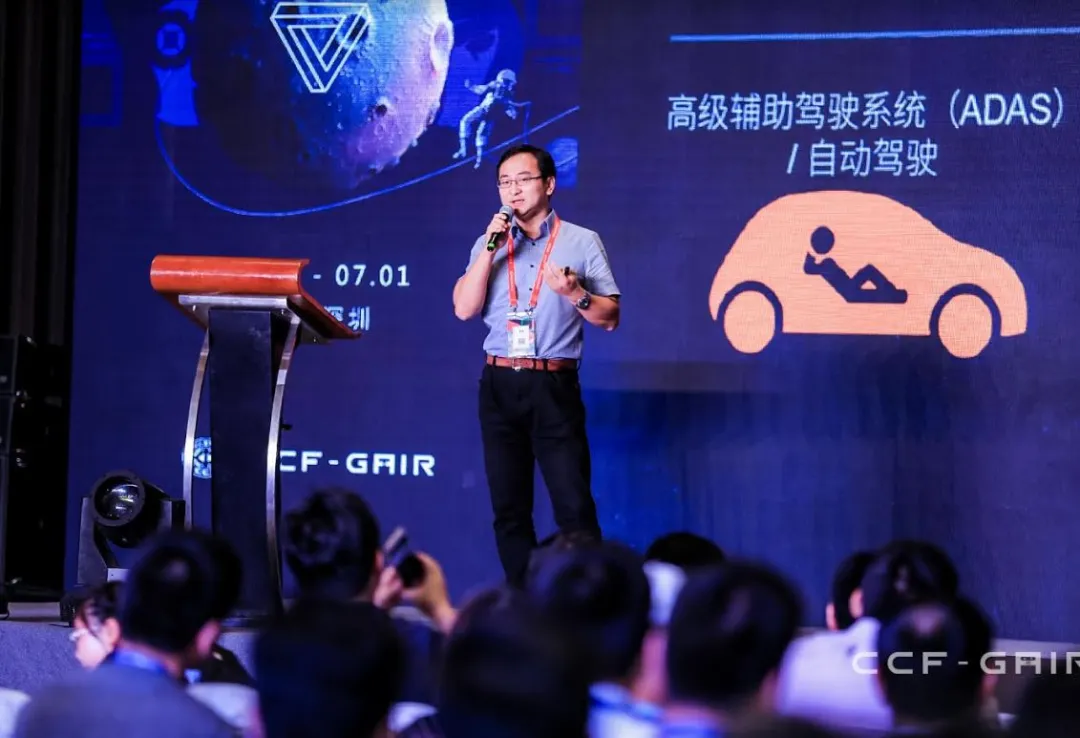By Chris Zheng
2020 is a pivotal year for new car manufacturers, as unqualified start-ups accelerate their exit while surviving companies launch a new round of strategic expansion.
On July 30th, Ideanomics debuted on NASDAQ, providing ample cash reserves for Li Xiang to lay out the capital for the next generation of products. Insiders revealed that Veoneer’s global chief architect, Wang Kai, has confirmed joining the company as the CTO of Ideanomics.
Ideanomics Welcomes Its First CTO
Prior to this, Ideanomics’ core management consisted of four co-founders: CEO Li Xiang, President Shen Yanan, CFO Li Tie, and Chief Engineer Ma Donghui.
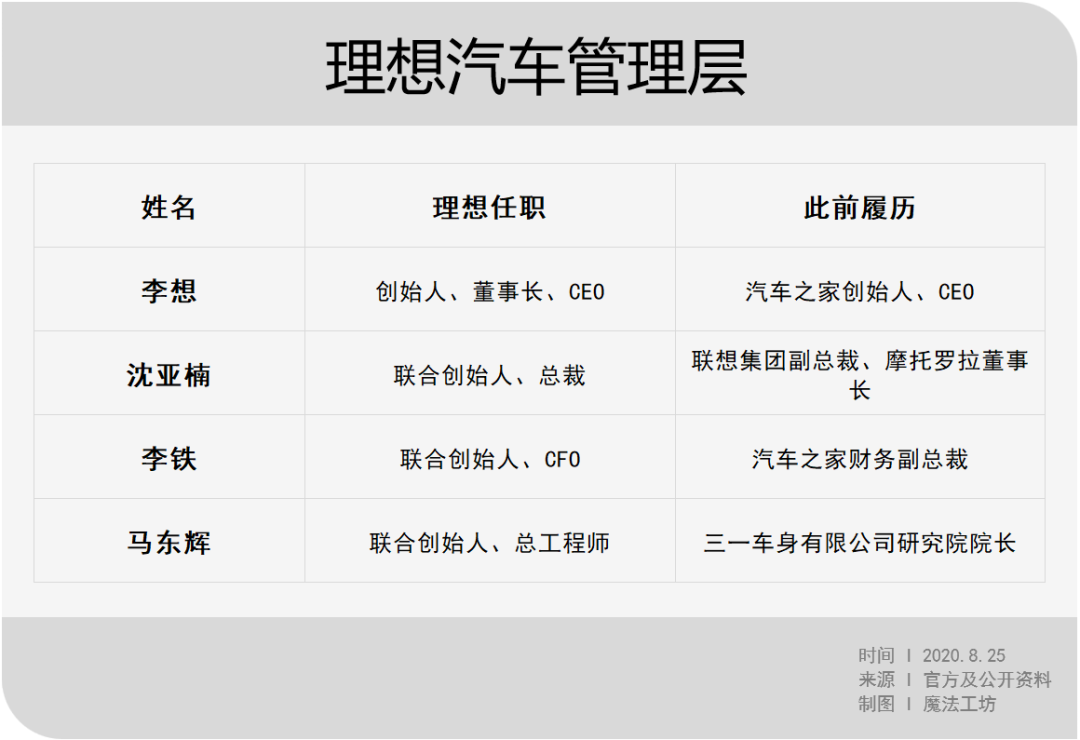
In addition, Ideanomics has a large number of executives in charge of intelligent cabins, autonomous driving, manufacturing, organizational development, and product strategies, among others.
In terms of rank, Wang Kai, who has been recruited as the CTO of Ideanomics, is the highest-ranking executive recruited by the company in the past three years, highlighting his importance to Ideanomics.
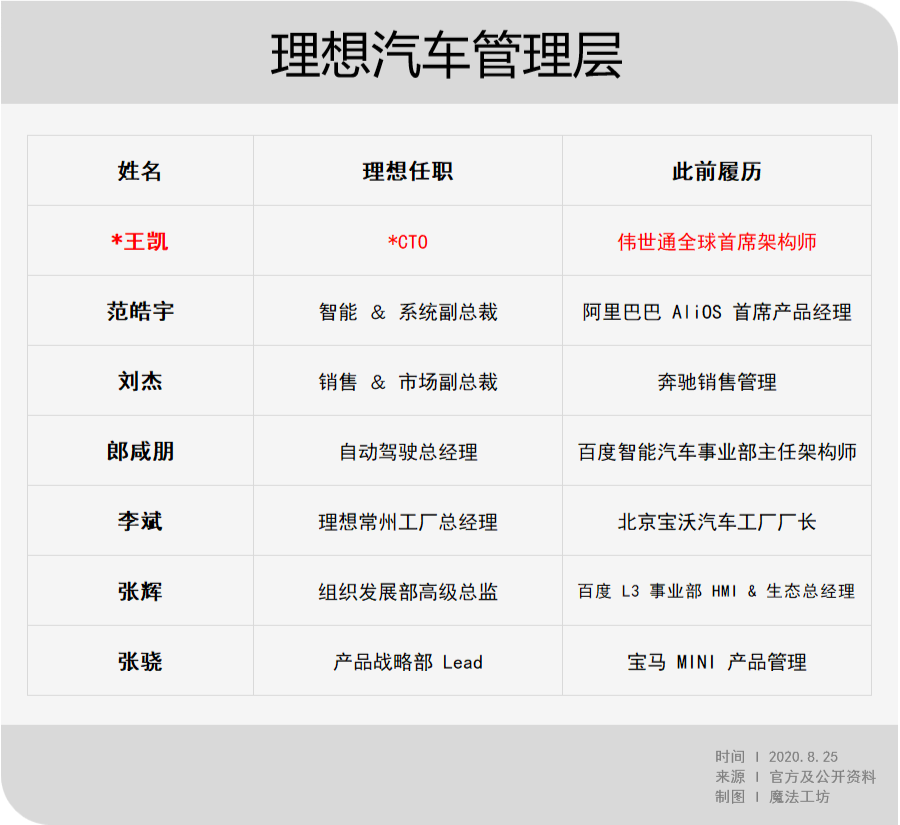
From an industry perspective, most automakers do not have the position of CTO, because the automotive industry spans multiple technical fields, such as vehicle engineering and manufacturing, powertrain engineering, autonomous driving, intelligent cabins, and software engineering. The trend of the highly differentiated division of labor in automotive R&D means it is rare for leaders who can comprehensively intervene in these areas to provide supervision and guidance.
Taking Tesla as an example, former Tesla CTO JB Straubel led all three electrical and energy engineering R&D, projects, and supply chain management at Tesla, and oversaw vehicle engineering design. However, the intelligent cabin and autonomous driving businesses are directly led by Tesla CEO Elon Musk.
Previously, Wang Kai was committed to the high-integration advanced automotive electronic R&D at Veoneer, including the development of domain controllers in the field of ADAS, digital instrument panels, infotainment systems, and driver monitoring.
On the other hand, Ideanomics officially launched autonomous research and development work in core technical fields such as electrical and electronic architecture, domain controllers, and real-time operating systems in 2020. In Ideanomics’ IPO prospectus, it also mentioned that the company will “continue to innovate in electrification, intelligence, and autonomous driving”.
Therefore, Wang Kai’s new role as a leader in the intelligent hardware engineering and even the entire intelligentization technology development of Ideanomics may be a new aspect of his career.
Veoneer? Domain Controllers?WeiSiTong is an American automotive electronics supplier, which was spun off from Ford Motor Company in 2000. In the field of intelligent connected vehicles, WeiSiTong ranks among the top five globally in terms of market share. Its market share in the central control display and digital instrument panel ranks second and first respectively.

In 2015, WeiSiTong announced the launch of the world’s first intelligent cockpit solution SmartCore. SmartCore integrates cockpit hardware highly as a domain controller, and independently operates multiple cockpit domains on a SoC through a driver interface. Its core is a domain controller for intelligent cockpits.
Wang Kai once said that SmartCore will be the first domain controller for intelligent cockpits to appear in production cars.
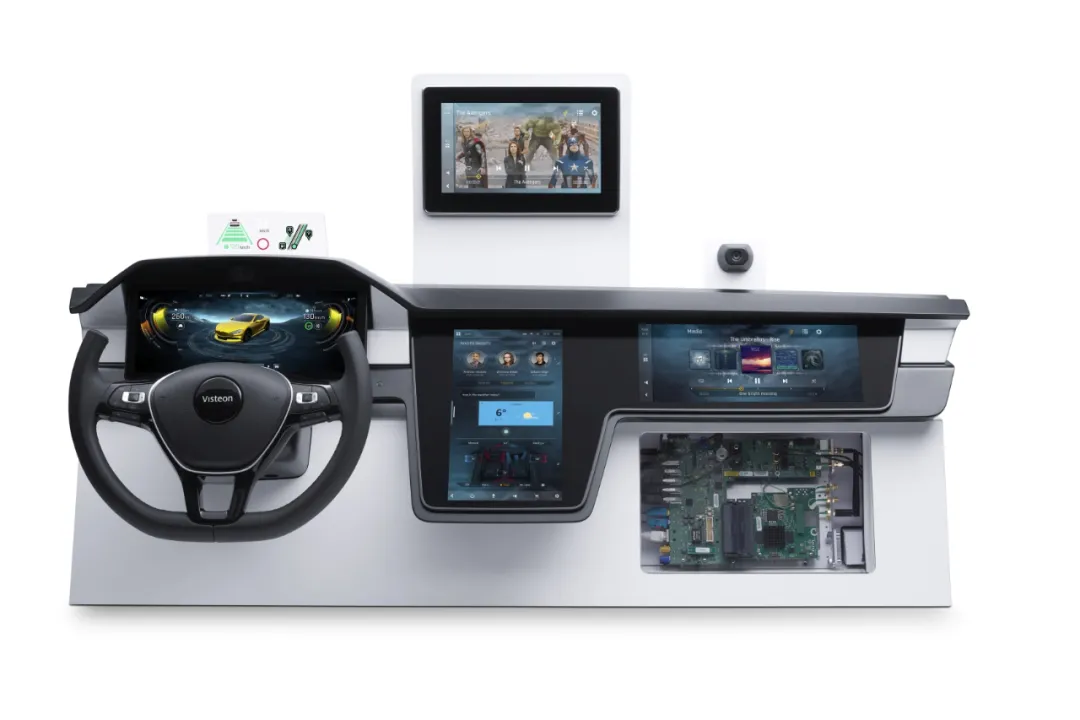
In July 2017, Tesla Model 3 equipped with an intelligent cockpit domain controller achieved mass production and began delivery.
At CES 2018, Mercedes-Benz showcased its new MBUX central control operating system based on WeiSiTong SmartCore.
At CES 2020, WeiSiTong announced a four-party cooperation with Tencent, Qualcomm, and GAC Research Institute to build an intelligent cockpit solution based on the SmartCore domain controller, which was put into mass production in GAC New Energy Aion LX. Sachin Lawande, President and CEO of WeiSiTong, Zhong Xiangping, Vice President of Tencent, and Wang Qiujing, Dean of GAC research institute all appeared at the press conference.
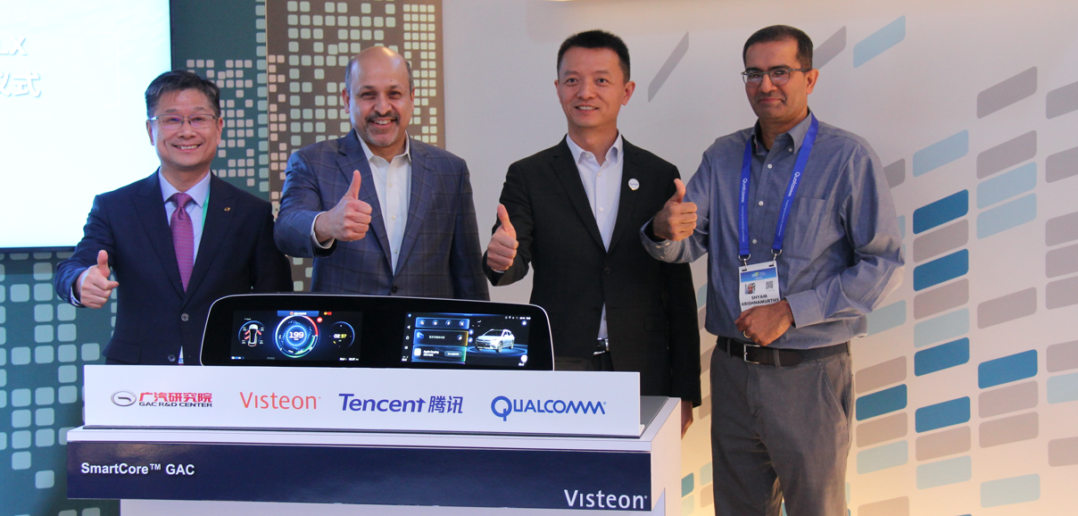
“From dozens of ECU units in the past, to SmartCore, DriveCore, and the future Super Core, high integration has always been WeiSiTong’s choice. The most core concept of SmartCore is to integrate multiple ECUs (electronic control units) into a single domain controller, bringing advantages in volume, power consumption, and cost,” said Wang Kai in a speech.
So, why does WeiSiTong insist on high integration? This aligns with the original intention of Ideal Auto’s self-developed domain controller.# 微众通电子电气架构解决方案为智能驾驶域、智能座舱域和车身域三大域控制器统管汽车电气架构
Jochen Klaus-Wagenbrenner, the WITTE Project Manager, revealed in a speech that with the further development of automotive intelligence, the electrical and electronic architecture is increasingly burdening the entire vehicle. Its disadvantages include a weight of up to 80 kilograms for harnesses and connectors, ranking among the top three in weight for the entire vehicle components. The total length of the vehicle harness is up to 5 kilometers, which costs more than 1000 production minutes.
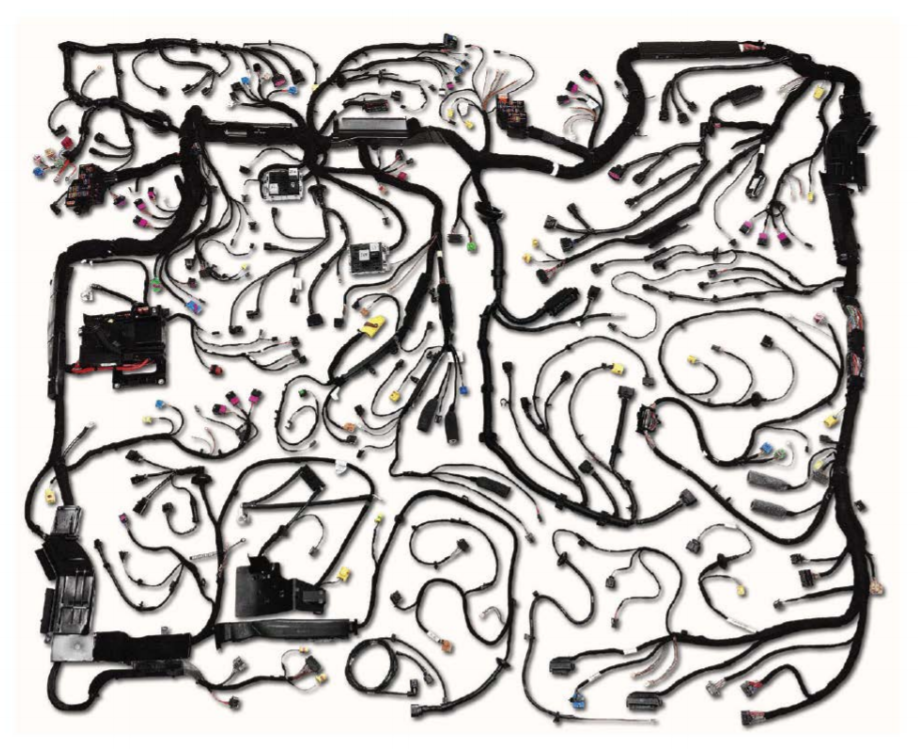
The arrival of autonomous driving will greatly increase the number of sensors and actuators, and have higher demands for the data processing capability, bandwidth, power supply, and more of the computing platform.
WITTE’s solution is to highly integrate the entire vehicle’s electrical and electronic architecture into the intelligent driving domain, intelligent cockpit domain, and body domain respectively, and control the entire vehicle’s electrical and electronic architecture by the three major domain controllers.
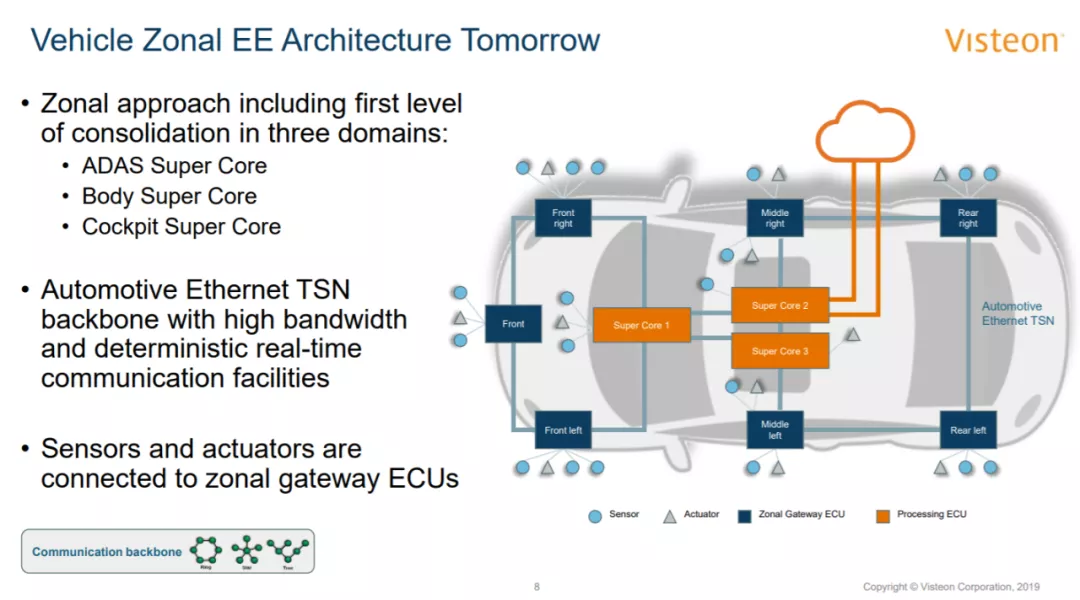
This familiar formula has been experienced in Tesla Model 3 and Volkswagen ID.3. It is not so much a consensus between WITTE and Ideal, as it is the general trend of the entire industry.
Li Xiang revealed in an interview with “Jianyue Auto Review” that Ideal will be the first domestic automaker with a self-developed domain controller, and its integration degree of self-developed electrical and electronic architecture will surpass the E3 architecture of Volkswagen ID.3.
Will Wang Kai’s arrival accelerate Li Xiang’s blueprint?
This article is a translation by ChatGPT of a Chinese report from 42HOW. If you have any questions about it, please email bd@42how.com.
